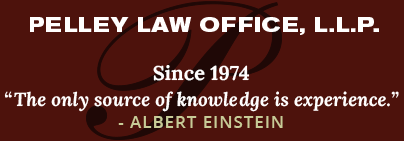April is Financial Literacy Month. If you’ve never heard that, don’t be surprised. The designation hasn’t been attached to the month for very long and it hasn’t gotten a great deal of media attention in Texas or other states. Considering how tough the financial environment has been recently and how that influences discussions about bankruptcy, it seems like a good thing to highlight.
According to Wikipedia, promotion of the month was launched by the Jump$tart Coalition for Personal Financial Literacy in 2000. The target audience for the organization’s efforts tends to be those who are still in school. But clearly there are plenty of working adults in tough money situations and bankruptcy may be one of the cloudiest issues related to financial literacy. Here are some tips that might be useful to know.
- Understand the options: Personal bankruptcy typically is pursued through one of two routes, Chapter 7 or Chapter 13. Both offer protection from creditor harassment. The first involves liquidation of non-exempt assets with the funds going toward outstanding debt. The second focuses on creating a window of time, usually three or five years, in which the filer works out and follows a court-approved repayment plan. Other possible options for debt relief may exist and can be discussed with your attorney.
- There are costs to file: This should come as no surprise. The administration of bankruptcy processes needs to be paid for and the steps can be complicated to undertake without the help of an experienced lawyer at your side.
- Credit counseling is required: This step precedes the actual filing of the bankruptcy petition. The intent is to provide the consumer with as much information about all available alternatives. Debt education will also include budgeting and money management information. Courses taken need to have court approval.
- Credit report effects: A filer’s credit is affected by a bankruptcy filing, but rehabilitation of that credit rating is part of the plan in a successful completion of the process. Rebuilding credit history can begin almost immediately, and usually the most important step one can take is to stick to a budget and payment plan to show you are credit worthy.
In some cases, debt settlement might be more advantageous than filing for bankruptcy. To determine if that might be appropriate in any given circumstance is, again, best done by meeting with an attorney.
Source: WTXF-TV, “Know these bankruptcy facts before you file,” Andrew Housser, April 15, 2013



